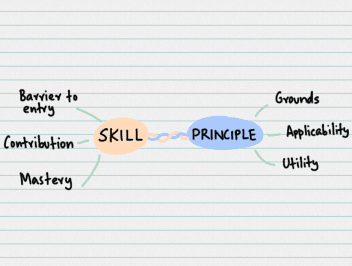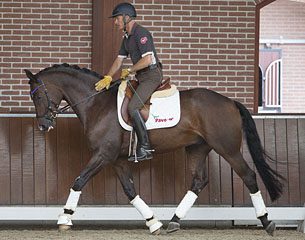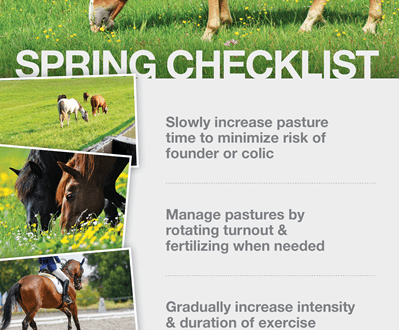
Let’s remember how to hold the reins correctly!
Let’s remember how to hold the reins correctly!
The correct position of the hand is the thumb pointing up relative to the forearm. This means that your elastic elbow and forearm should form one straight line that ends in the horse’s mouth through the reins.
Your thumb follows these angles and turns neither in nor out.
Your wrist can change the angle of your hand in several directions – it can break it down, up, forward, or backward.
Take a look at these photos. Your wrist should not form the angle at which you hold the reins – this role belongs to the forearm.
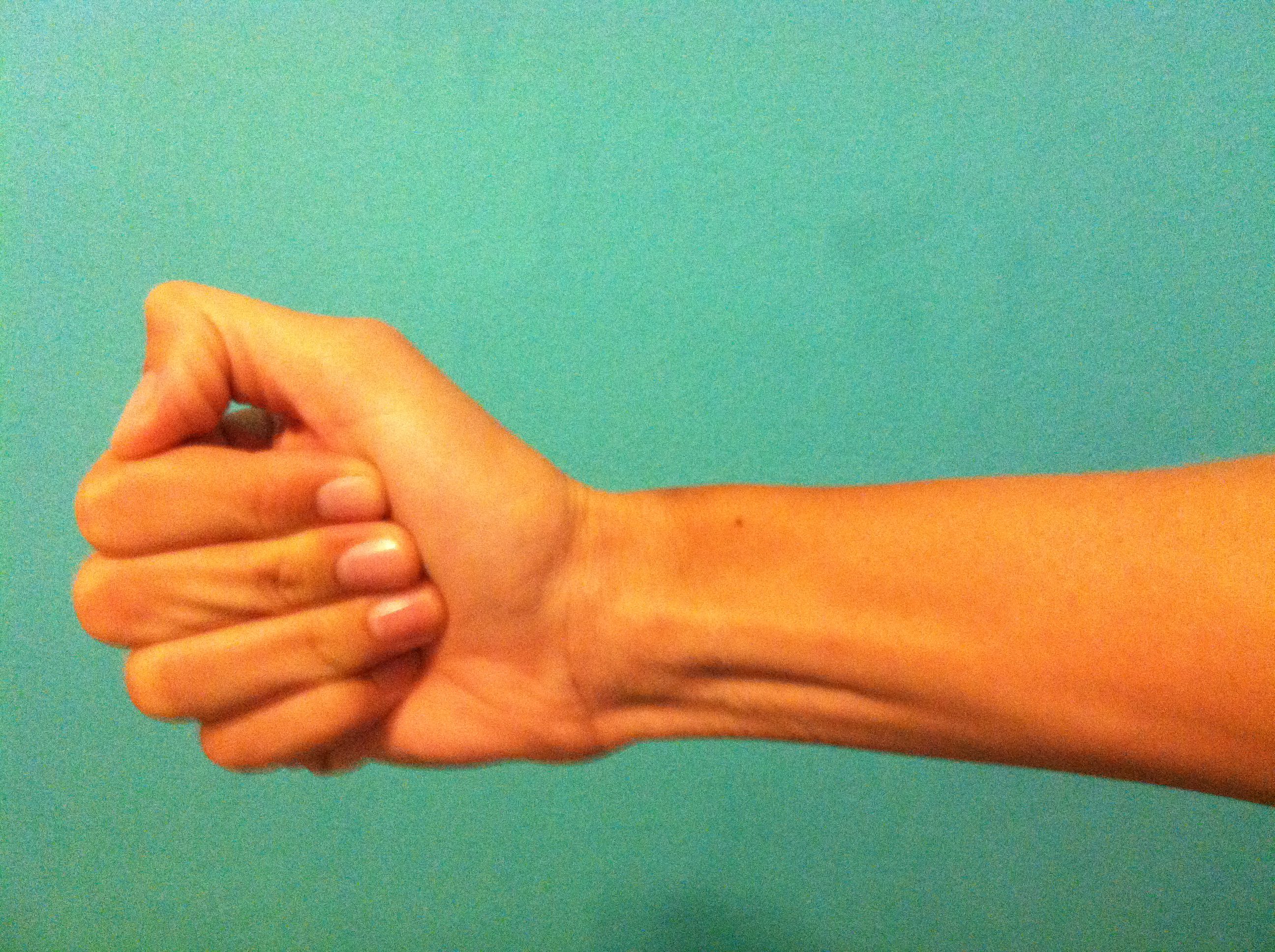
The wrist should follow the angle of the forearm, with the thumb remaining the highest point.
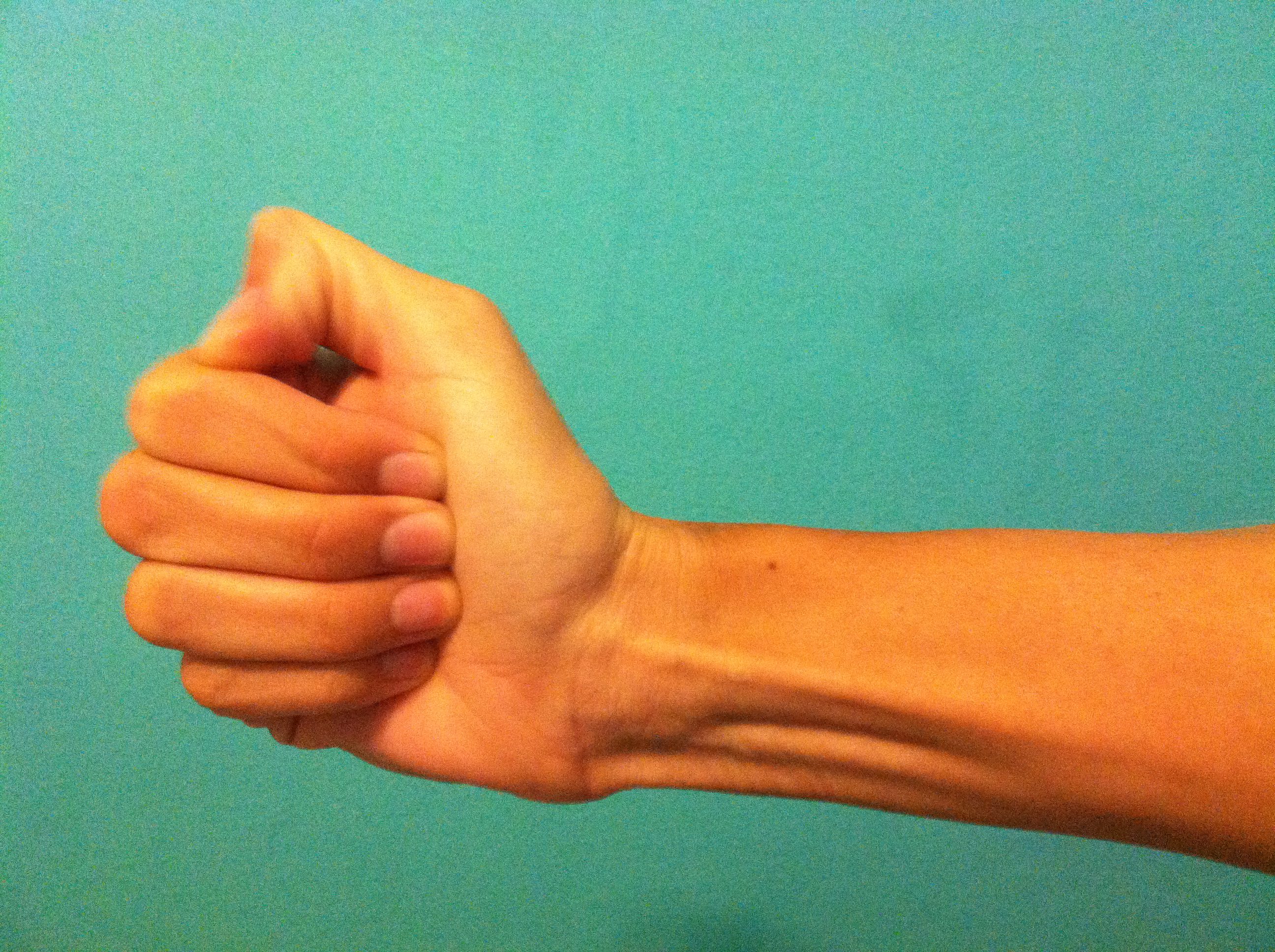
Your wrist should not twist up.
How do I hold the reins?
Pick up the rein (if you are not in the stable, use a piece of rope or a thin belt). It will be held in the hand in two separate areas – between the little finger and ring finger and under the thumb. You want the reins to lie close to the balls of your fingers, at the knuckles after the middle knuckles of your fingers. You hold the rein in place with the tip of your thumb. If done correctly, the thumb will look like a tiny tent. This will allow your wrist to remain mobile and independent.
Often riders ride with their thumbs aligned and this becomes a habit, but this finger position affects proper hand and wrist position and prevents a firm hold on the reins. This position of the thumb should be avoided.
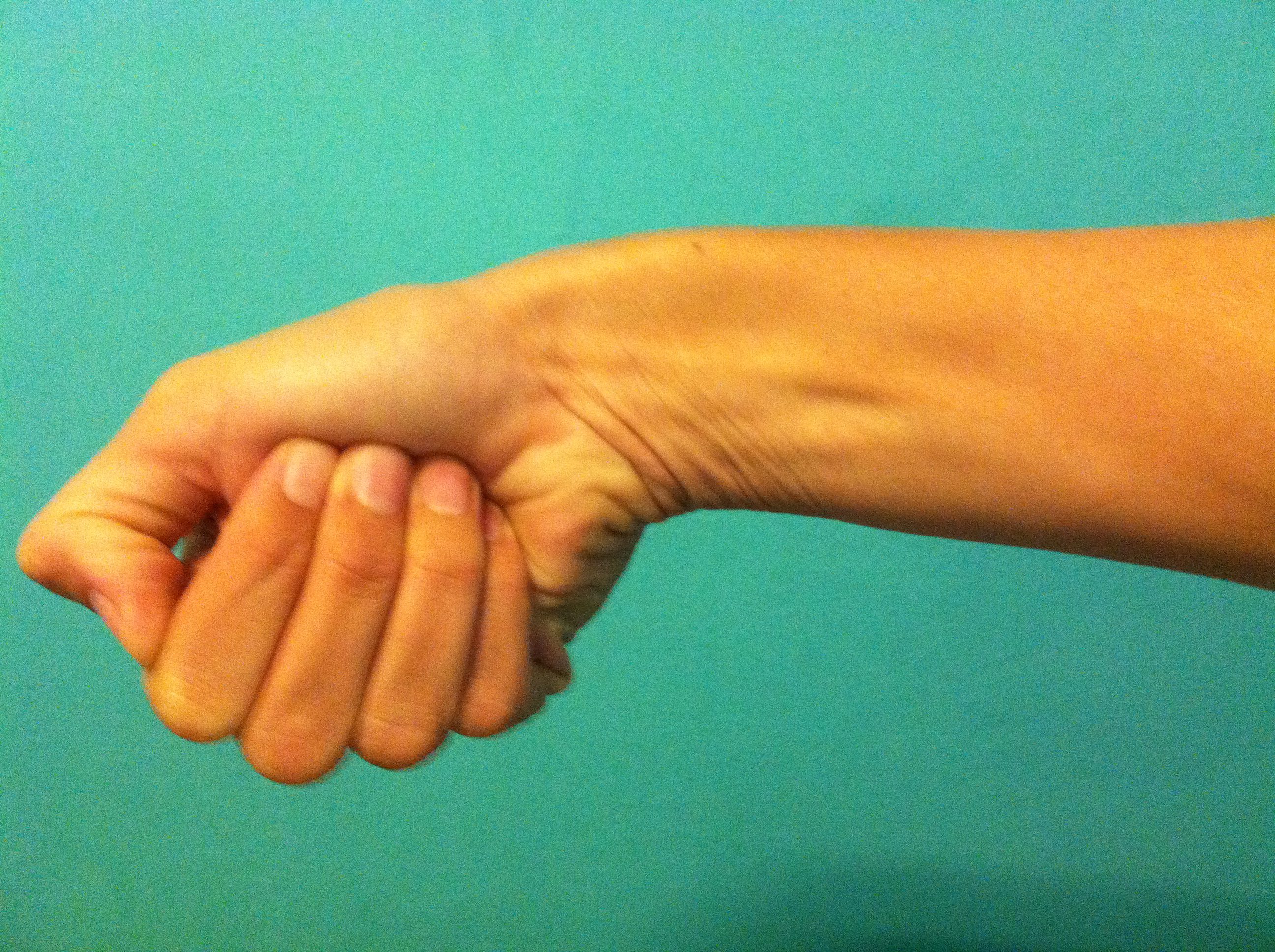
The wrist should not turn down.
You need to feel how the tips of your fingers are gently pressed against the palm of your hand. In dressage we ride with a closed fist. Believe it or not, this is the most gentle way for a horse’s mouth. This way we feel a more subtle pressure, and this forces us to remain elastic and soften the reins with the main part of our body responsible for this – the elbow.
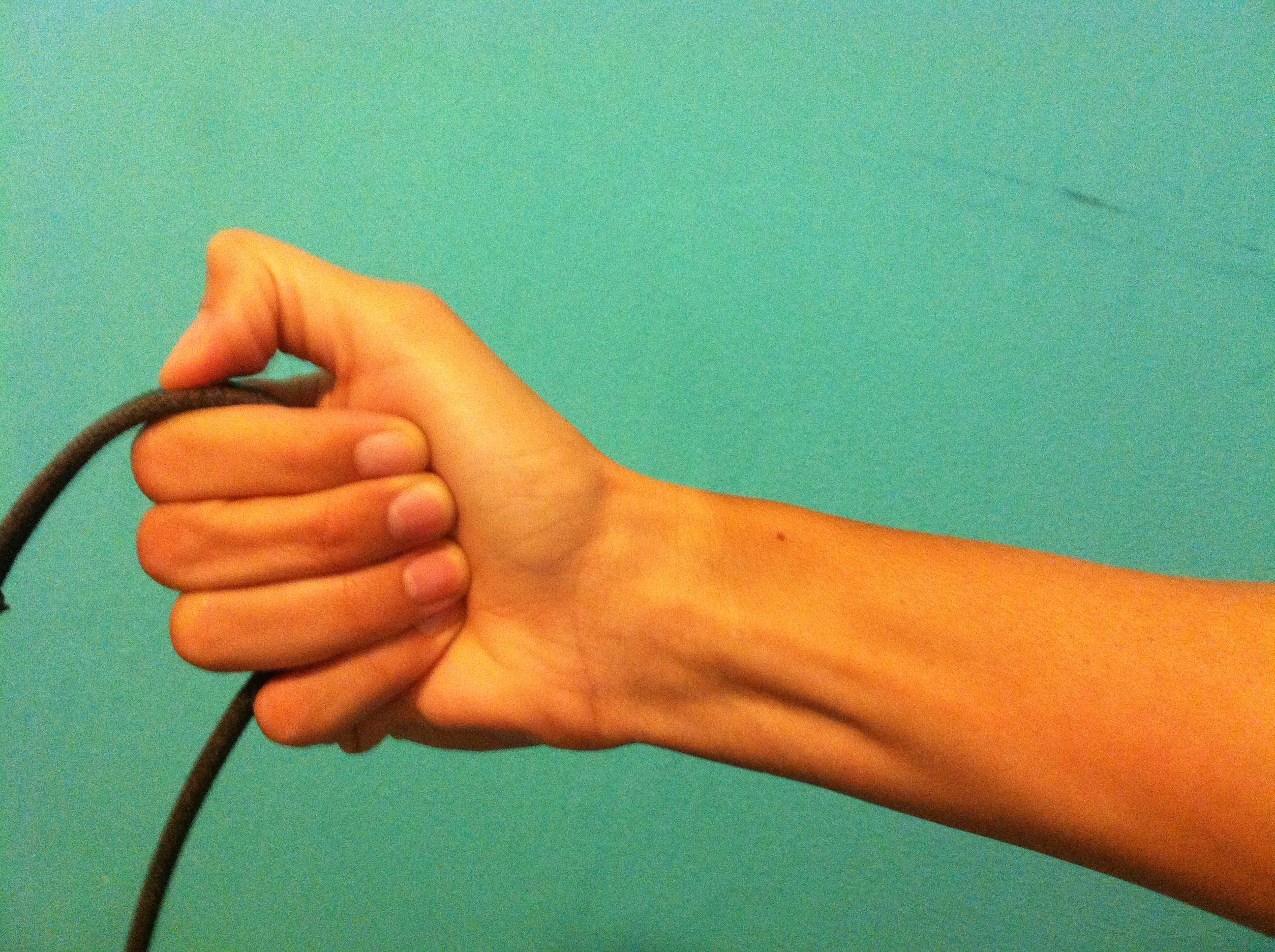
The rein should enter the hand between the ring finger and the little finger and be fixed on top of the thumb.
Riders often think that it is the brush that softens and gives the rein. This common misconception leads some riders to start riding with their wrists open. The joints of your fingers should not open. What softens and releases the reins is the elbow and (to some extent) the shoulders.
In dressage, as in any other type of riding, there are those parts of the body that are responsible for stabilization, and those that are responsible for movement. The key to a good ride while doing this is knowing which parts are mobile and which ones support them. Your fingers are not part of the body responsible for softening or rebounding on the reins. Although you can give the reins to the horse with a flick of the wrist or even let it slide into your hands, your fingers don’t open.
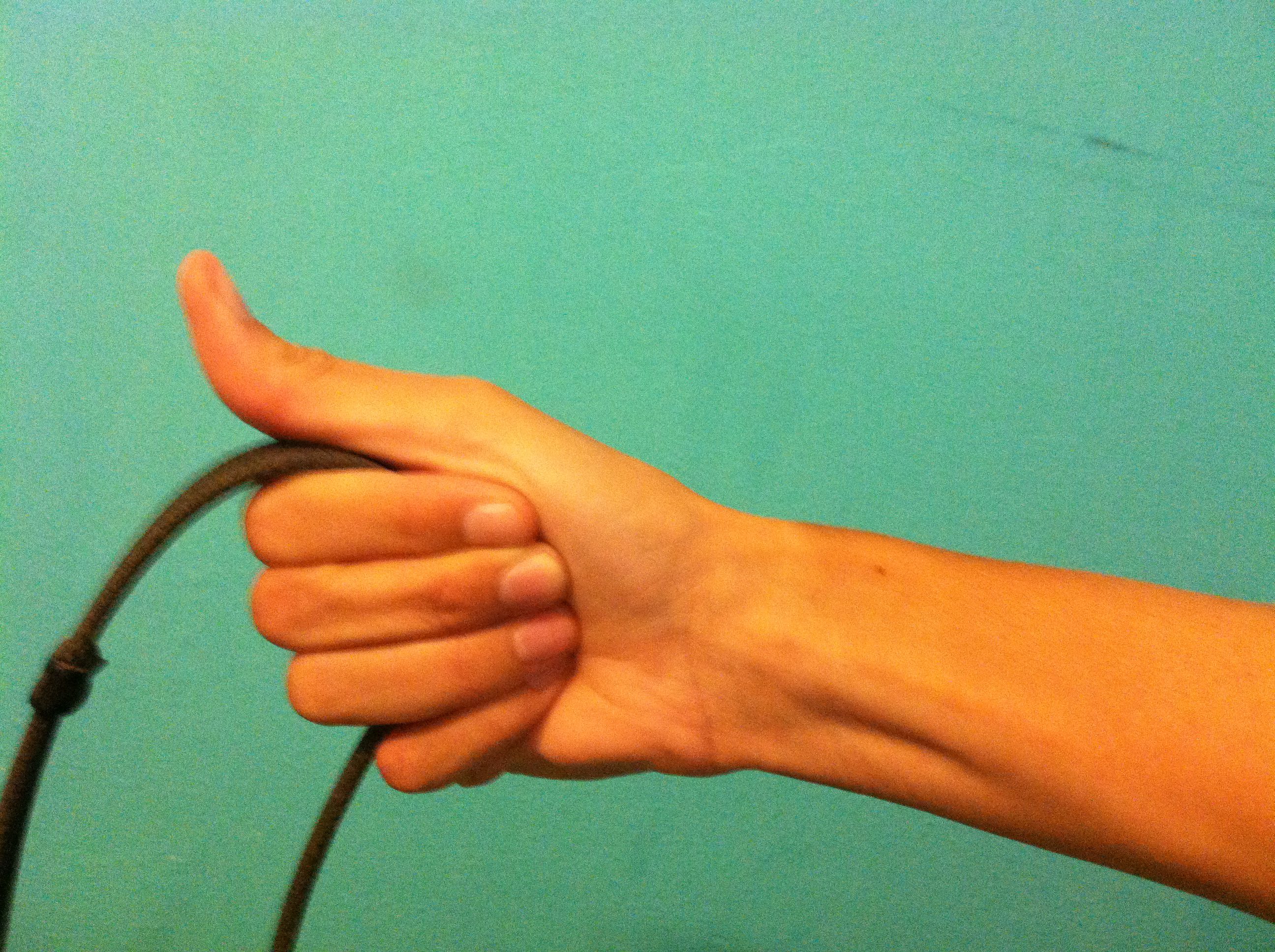
Don’t make it a habit to ride with your thumb aligned as it changes the angle of your wrist.
Think of your hands as an indicator of overall balance and independence of fit. Often, our bodies mask the problems that may manifest in our hands. There are many examples of this – a broken wrist, a slipping rein, a “piano-playing” position.
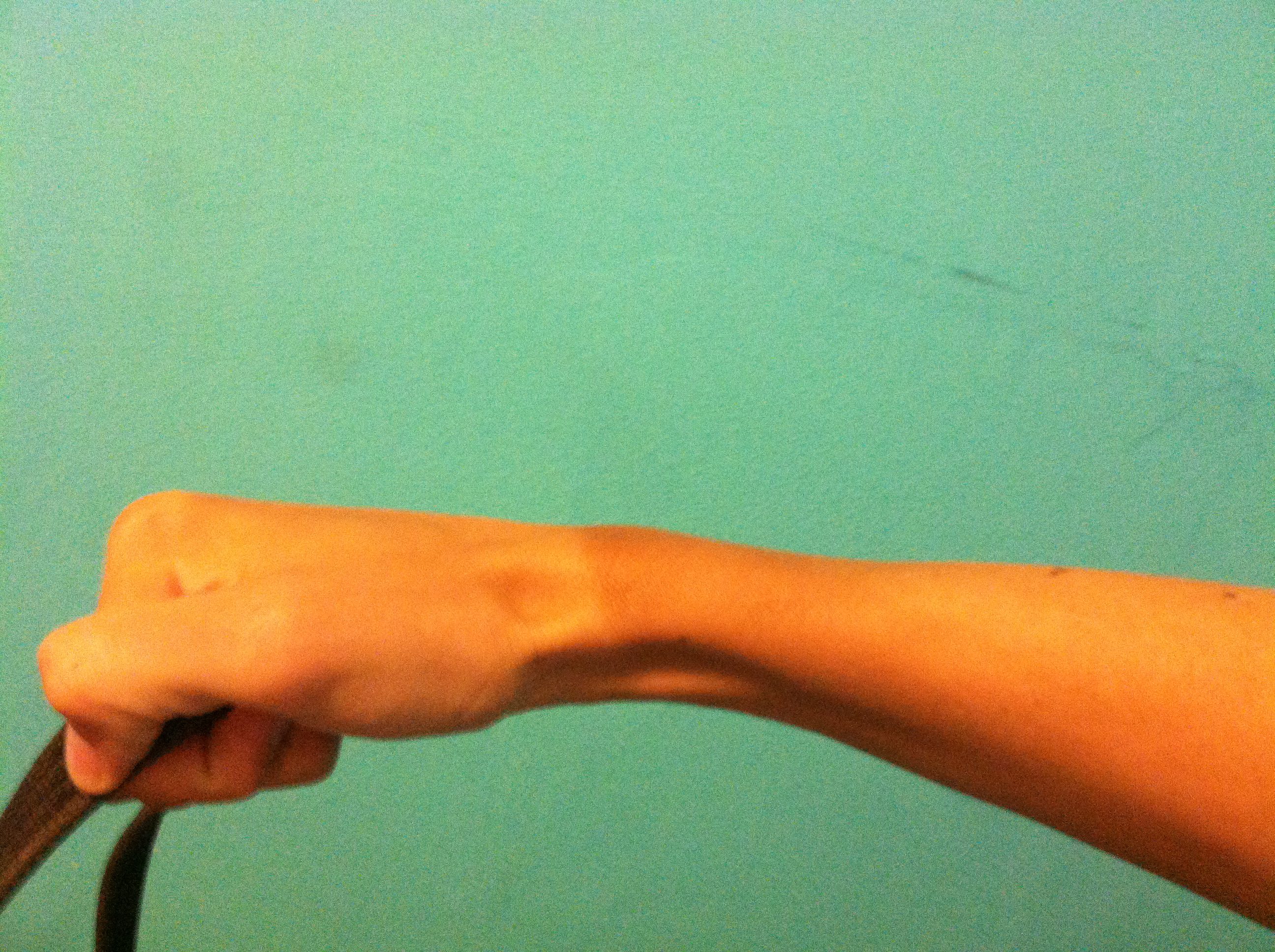
A position like “for playing the piano” enslaves the hand as it fixes the joints of the wrist and elbow.
Imagine that you are not holding the reins, but are holding directly on the horse’s mouth. If you were a horse, which hand would you prefer: stiff, elastic, stable? No one would want to tolerate a hand that is unstable and fluctuates constantly. Imagine the type of hand you would like to cooperate, and use the tips above to keep in contact with your horse’s mouth. Your work must be consistent, even if the horse consistency does not show.
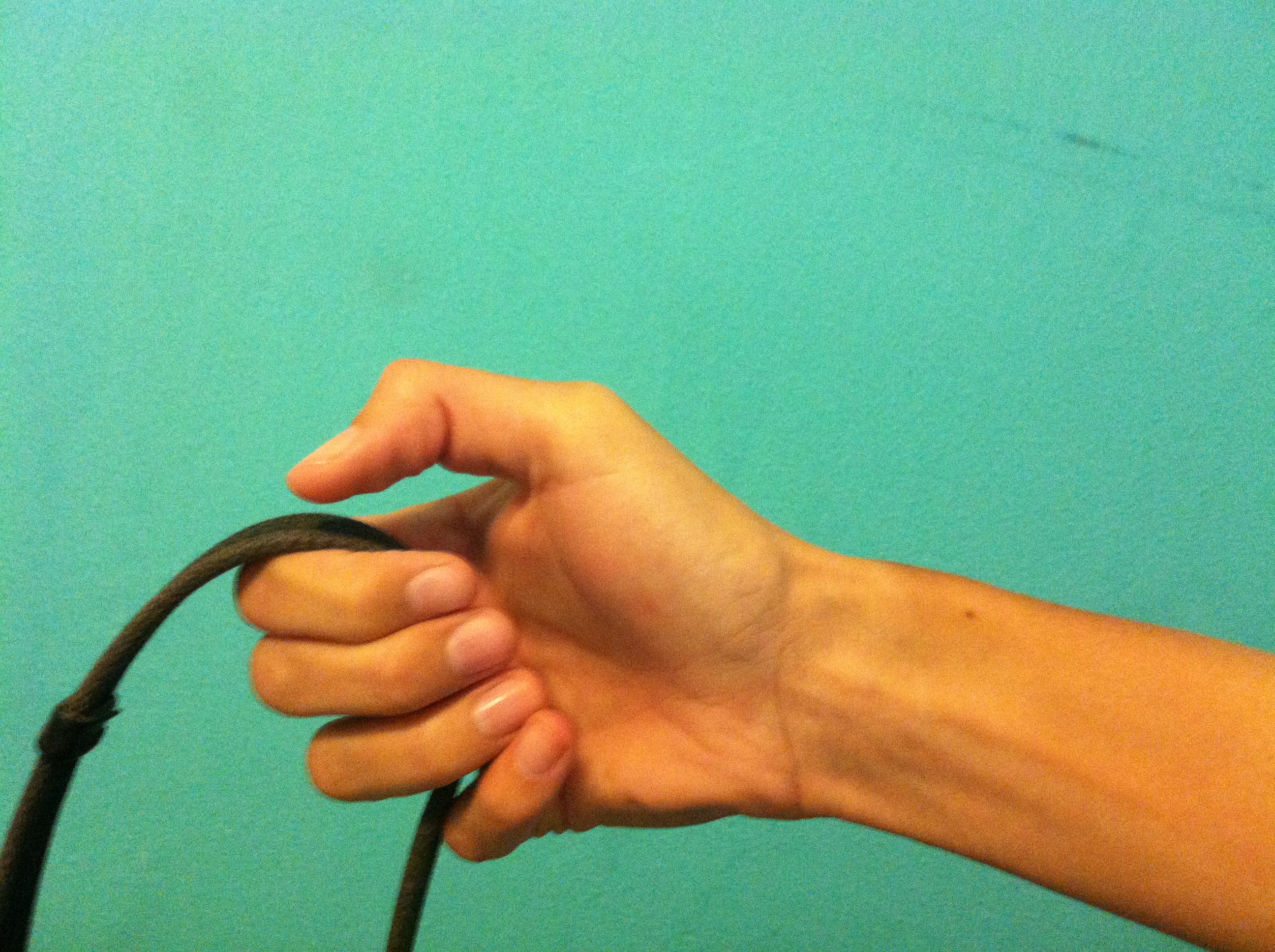
Riding with open toes will distort the horse’s mouth feel and result in “chronic” rein slippage.
While I was photographing my hand with a no-glove rein (for better visibility), I realized once again that it is much more convenient to work in them. Gloves help hold the rein (think hot days and sweaty hands) while maintaining a more refined feel and protecting your hand from blisters and scuffs.
At the end of this note, I want to offer you a game that can teach you how to keep your arm stable and your elbow flexible.
Bonnie Walker (source); translation by Valeria Smirnova.



